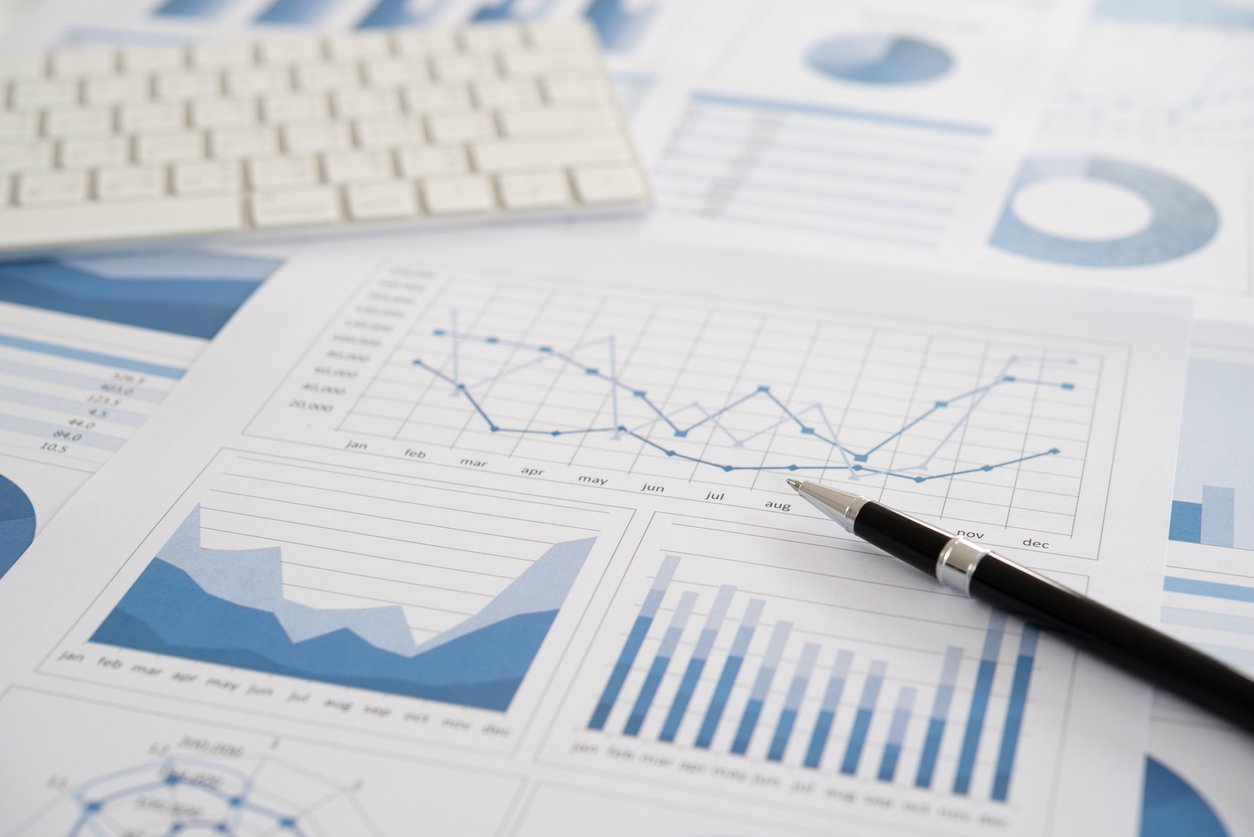The Atlas Capital Equity Downside Risk Dashboard provides an indication of the risk of a large general decline in stock prices. The dashboard shows for six indicators the historical percentile of the indicator relative to the period since 1967. A high historical percentile indicates favorable conditions for equity investors, while low percentiles indicate unfavorable conditions. Each indicator on its own has some bearing on the outlook for the stock market, but the combination has more predictive power than any independently. Equity downside risk is elevated when three or more of these metrics are below the 33rd percentile of historical data. Historically, when that was the case, investors would have experienced a higher investment return in cash than in stocks. A brief description of each indicator follows:
- Economic Trend Atlas Capital maintains a database of the important economic information for the world’s largest economies. The indicator is the GDP-weighted trend of this data over the prior year. A positive trend in the global economic data (high percentile in our chart) tends to lead to future gains for equity investors. The large and sustained equity bear markets of the past were typically accompanied by a deterioration in global economic data.
- Value This is a composite of the “price-to-something” metrics for global equities, including the ratio of price to trailing earnings, projected earnings, sales, cash flow and other metrics. Bad Value (a low percentile on this dashboard) is not a reliable signal to exit the stock market, on its own. But the great bear markets of history usually began when Value was stretched and then economic growth faltered.
- Inflation Trend This indicator is a composite of the prior year trend in inflation metrics of the fourteen countries for which we track economic data. Sustained increases in inflation (a low percentile on our chart) have typically led to losses for equity investors.
- Price Trend This is a measure of how much equity prices have changed over the prior year. A higher increase in stock prices leads to a higher percentile on our chart. Rising prices are an indication of positive sentiment among investors.
- Credit Spread Trend Credit spreads are the difference between the interest rate paid by non-government borrows and the interest rate paid by the government. Increases in credit spreads (a low percentile on our chart) indicate that investors are becoming more concerned about risk of default by borrowers.
- Profitability Trend This is the trend in corporate metrics of profitability, such as profit margin and return on equity. Improving profitability (a high percentile on our chart) tends to lead to positive future returns for equity investors.
NOVEMBER 2021 ASSESSMENT
At present, Value and Inflation Trend are both quite negative in comparison to history and are flashing a warning for equity investors. Economic Trend is in neutral territory while the other three indicators are positive. The dashboard does not indicate a reduction in equity holdings at present. However, the Economic Trend has been falling quickly from the recent highs generated by the massive COVID-related government stimulus. As noted in [link: Markets and the Economy] stock market prices tend to follow the economic data. We believe the most significant risk to equity investors is a further decline in the trend in global economic data. It would be challenging for the stock market to continue to rise if the economic data continue to worsen.








